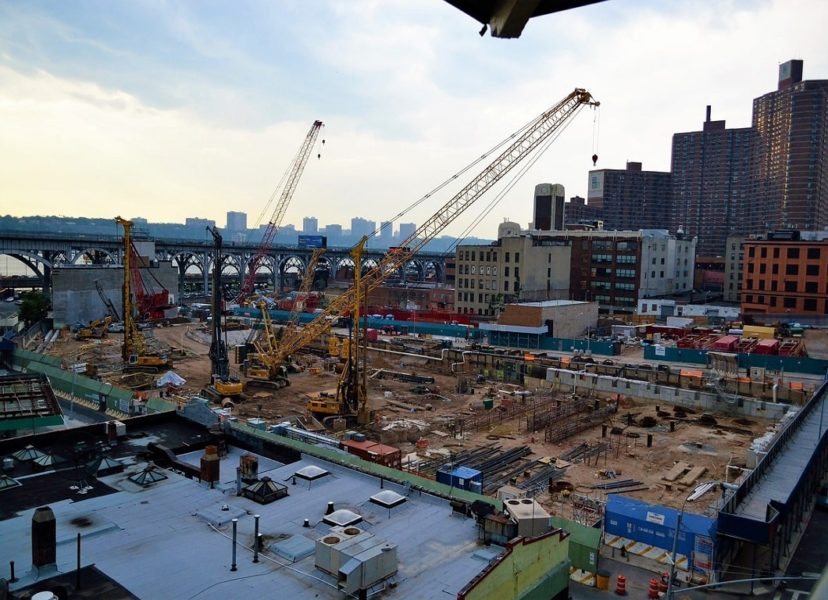People of colour and marginalized communities are the most affected by gentrification
Gentrification is a complicated process that brings “good things” and harms a neighbourhood. By definition, gentrification involves the displacement of lower-class communities by upper-class ones. However, there are ways to mitigate the adverse effects of gentrification. Current residents can make the most of their neighbourhoods by working towards preventing this process.
A good neighbourhood is characterized by strong community ties and a high concentration of amenities. High population density, a strong retail base and an abundance of restaurants are all factors that contribute to a good neighbourhood. Healthy community ties can be seen in property ownership rates, regular community meetings and solid social networks among current residents. Regular meetings help community members work together to solve issues in the neighbourhood. In addition, strong social networks allow people to retain their homes when problems arise. A good community has strong ties among current residents and established businesses.
When gentrification displaces an original community, it harms them badly enough to seek legal assistance. For example, in Boston in 2016, many grocery store owners faced foreclosure after being displaced by upscale grocery stores. Displacement from low-income to high-income areas can devastate those on the lower end of the socioeconomic ladder.
As such, it’s essential to understand how gentrification affects the original community. The most immediate effect is increased rent prices and reduced availability of affordable housing options. Lower-class families often cannot afford market rates after being displaced, leading to increased homelessness among lower-class individuals. In addition, rapidly changing demographics among lower-class individuals often create unstable communities that need extra protection from state agencies.
Various methods have been proposed to help gentrifiers assimilate into a new community. For example, some recommend that new residents attend local meetings to get to know existing residents first. Others suggest that new residents volunteer works with poorer communities to understand the sacrifices necessary to live there first-hand. In some cases, current low-income residents have even tried to encourage gentrifiers to live amongst them so their presence benefits the whole neighbourhood. In short, new residents must respect current residents while trying to integrate into the community.
Gentrification is a complex process that can bring good or bad effects depending on how it affects the original community and new gentrifiers. While displacing communities hurt them badly enough to seek legal assistance, new gentrifiers can help mitigate those effects by respecting and integrating with current residents.
As America undergoes an influx of upper-class populations in recent years, these neighbourhoods have begun attracting younger families with children and empty-nest seniors seeking affordable housing options close to amenities and job markets. Although these changes present opportunities for new communities, they also require ongoing efforts by all parties to mitigate any negative impacts on current residents or potential newcomers alike.









